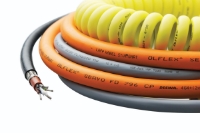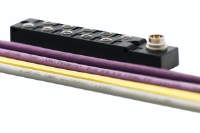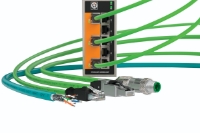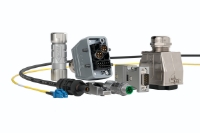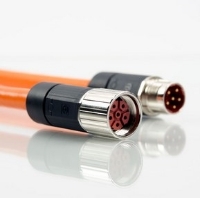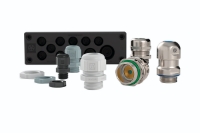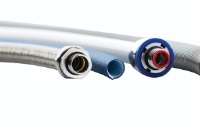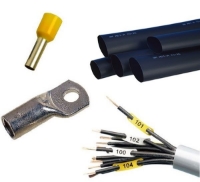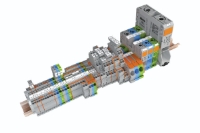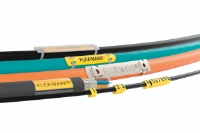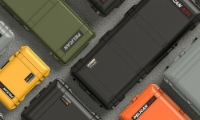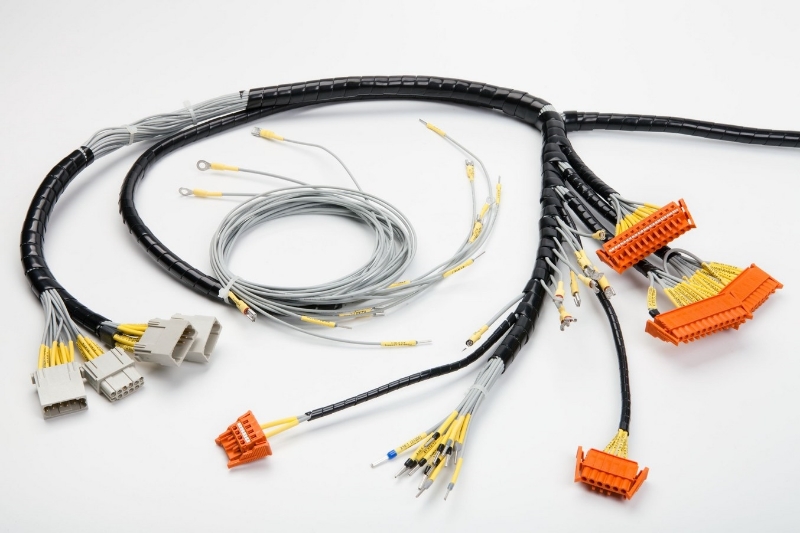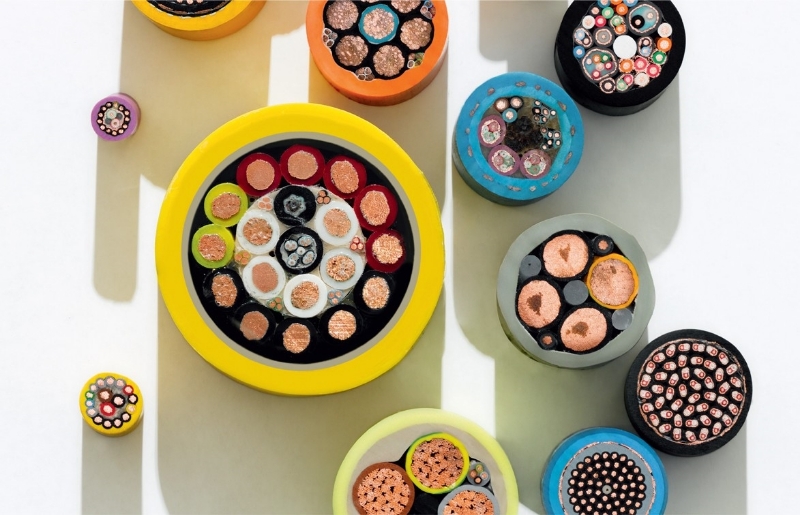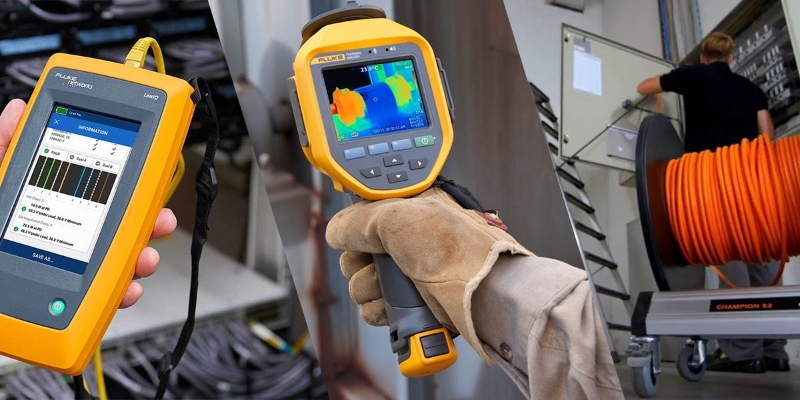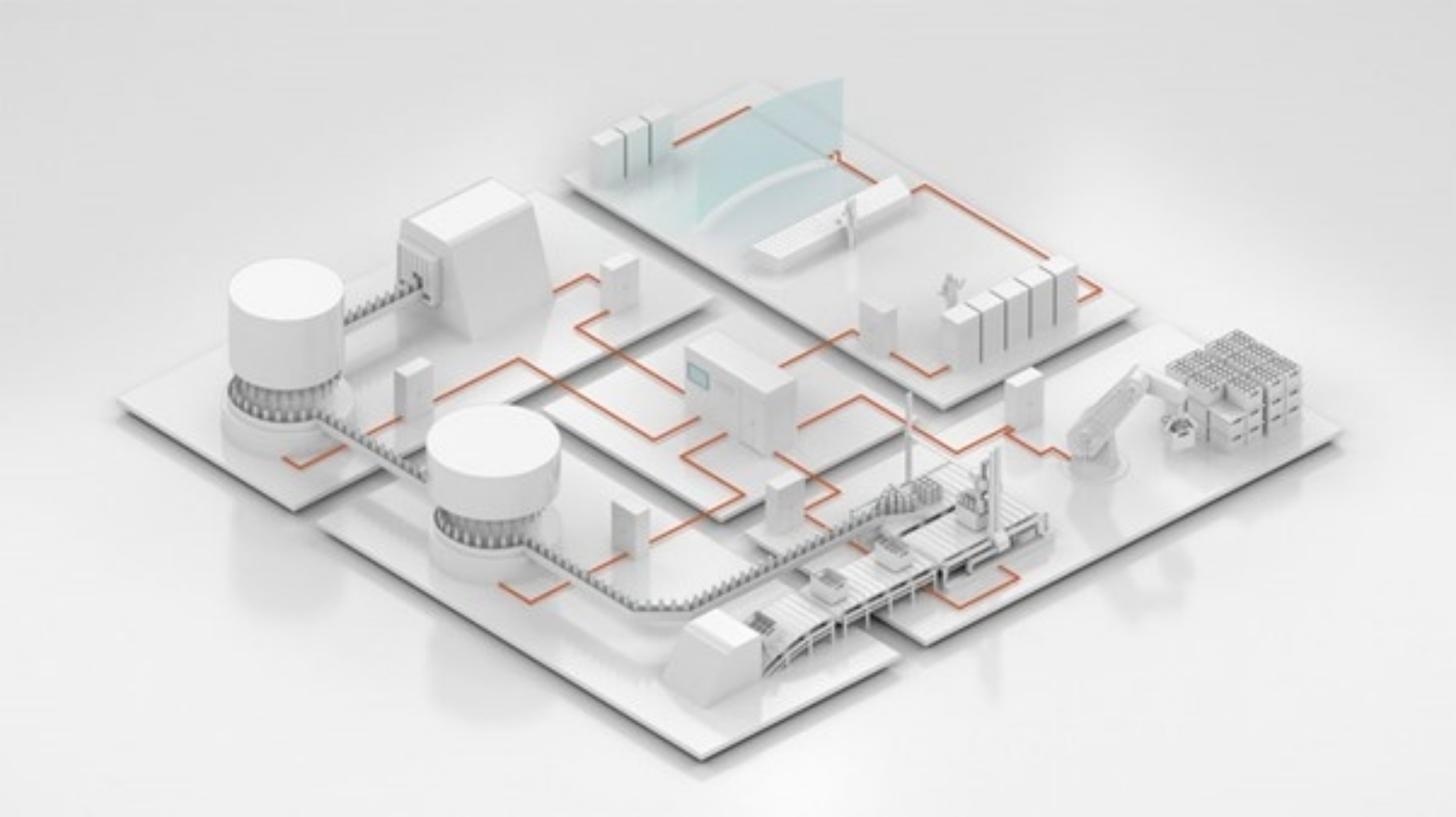That is the question, but what are the evolving connectivity options for robotic solutions?
Typical factory buildings and process and packaging facilities now contain various drive and robot systems that transfer workpieces from one process step to another while ensuring precise connectivity to ensure that it is precisely processed.
Stable and reliable response time without high latency is essential for controlling the measurement system, sensor or grippers on the last axis, the so-called end-of-arm tools, as well as for synchronisation and communication between the robots, says world cables and connectivity leader LAPP.
The LAPP family-owned company – which has established a full Branch in Australia to service our major industries, including food and beverage materials handling, processing, packaging and despatch – says ensuring optimum connectivity can ideally involve a combination of wired and wireless communication.
“These days the end-of-arm tool is connected using cable-based data communication such as digital I/O, I/O link or Industrial Ethernet (PROFINET). However, a combination of wired and wireless communication can be useful under certain circumstances,” says LAPP Australia General Manager, Mr Simon Pullinger.
“The choice of wired and wireless depends very much on the application. It is often not so much a case of one of the other, but rather choosing the most effective and flexible combination to ideally meet present needs and prepare for evolving technology,” says Mr Pullinger.
Three reasons for the use of wireless technologies
- The wear on the data network cables in their composite dress packs is high, with high dynamics and due to ever-increasing work spaces required for the robots. This increases the risk of the systems failing.
- Small batch sizes and frequent conversion require flexible communication concepts that enable the components to communicate with one another in almost real time.
- The elimination of data cables in the dress pack reduces the weight and allows the robot to move more dynamically.
What 5G has to do to replace data cables
- The control signals much reach end of arm tools such as a gripper in real time. It does not have to be at rest – Remote IO is wirelessly connected to the controller
- The required latency of 4-8ms must be complied with. This will be feasible using 5G in the future. To put it in context, today’s WLAN systems are limited to 10ms.
Possible localisation of the gripper to up to +/- 0.5 mm is not yet possible with 5G, says Mr Pullinger, whose LAPP Australia operation was established to deliver its resources, expertise and German top-quality standards to Australia at a time in the country’s industrial development when such support is most needed to prepare diverse industries for a future in which they will use technology to compete cost-efficiently.
The company offers a one-stop shop for highly integrated, efficient and reliable systems which comply with the leading Australian, European and American compliance and quality standards.



